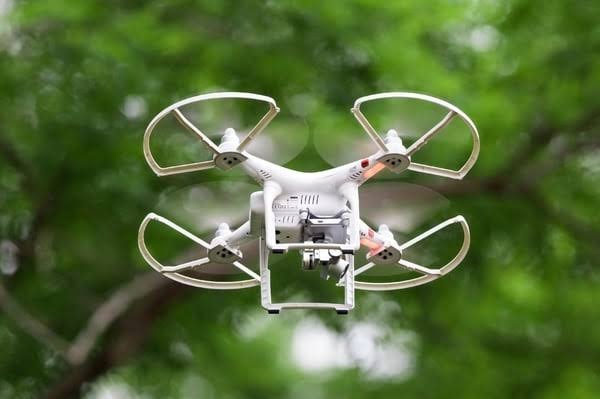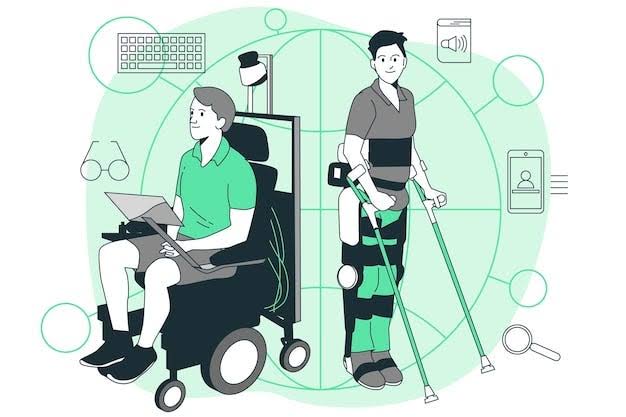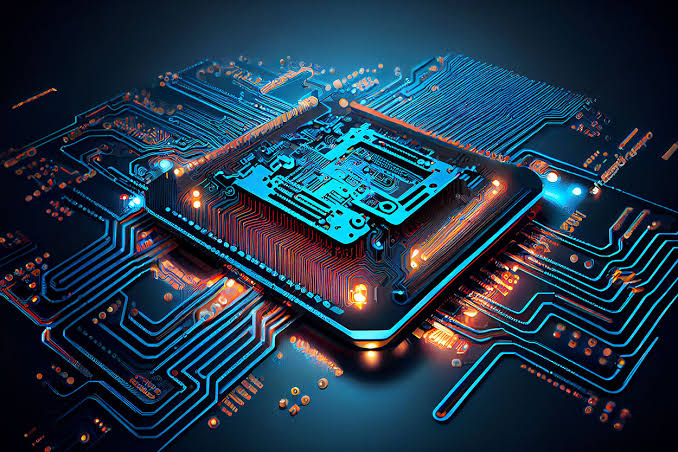The global landscape of drone technology is undergoing a dramatic transformation. What began as remote-controlled flying devices for hobbyists has evolved into fully autonomous aerial systems capable of performing complex missions with minimal or no human input. As of 2025, autonomous drones are reshaping industries, from logistics and security to agriculture and emergency response.
Advances in artificial intelligence, machine vision, real-time data processing, and energy-efficient hardware have empowered drones to navigate complex environments, make intelligent decisions, and collaborate in swarms. The future promises even more exciting developments that could redefine how we live, work, and solve some of society’s most pressing challenges.
Core Innovations Driving Autonomous Drone Growth
Several key technological breakthroughs are propelling the evolution of autonomous drone applications:
- AI-powered navigation and obstacle avoidance using neural networks and machine learning
- Real-time sensor fusion from LiDAR, cameras, GPS, and radar
- Edge computing for faster, on-board decision-making without remote control
- 5G and low-latency communication for faster data transmission and cloud connectivity
- Extended flight endurance with better batteries and solar-powered systems
- Regulatory advancements allowing more Beyond Visual Line of Sight (BVLOS) operations
Together, these innovations are creating a new class of smart aerial systems that can operate with minimal human supervision, even in unpredictable or remote environments.
Emerging Applications of Autonomous Drones
1. Autonomous Drone Delivery Systems
Drone-based delivery is rapidly moving from trial to mainstream. Companies like Amazon, UPS, and Wing are expanding their pilot programs, and autonomous systems are at the heart of it. These drones can:
- Navigate urban environments and deliver parcels without human intervention
- Detect and avoid obstacles like birds, buildings, or power lines
- Land safely at designated drop zones using GPS and vision sensors
- Operate on precise flight paths even during low visibility conditions
As regulations evolve, autonomous delivery is expected to scale rapidly for medicine, food, documents, and e-commerce products—especially in rural or disaster-affected zones.
2. Precision Agriculture and Environmental Monitoring
Autonomous drones are revolutionizing modern agriculture and conservation efforts by enabling:
- Precision spraying of fertilizers and pesticides with centimeter-level accuracy
- Automated crop health analysis using infrared and multispectral imaging
- Soil moisture and nutrient mapping via remote sensors
- Monitoring wildlife and forest health in large, inaccessible regions
Drones can independently survey vast agricultural areas and return actionable insights, reducing labor costs and boosting yields while minimizing environmental impact.
3. Smart Infrastructure Inspection and Maintenance
Inspection of bridges, power lines, pipelines, and wind turbines traditionally involves high-risk manual labor. Autonomous drones now offer a safer, more efficient alternative by:
- Using AI to detect cracks, corrosion, or faults in real time
- Mapping structural changes using 3D modeling and photogrammetry
- Operating continuously in harsh weather or hazardous conditions
- Scheduling routine inspections without human deployment
Energy companies, city governments, and transportation agencies are increasingly adopting these systems to save time, reduce costs, and prevent infrastructure failures.
4. Emergency Response and Disaster Management
In disaster scenarios, every second counts. Autonomous drones are proving critical in:
- Rapid assessment of damage in earthquake, flood, or wildfire zones
- Searching for survivors using thermal imaging and audio detection
- Delivering medical supplies and communication tools to cut-off areas
- Coordinating rescue teams through aerial live feeds and heat mapping
Autonomous drones can navigate challenging terrains without risking human responders, offering a faster and broader reach in time-sensitive missions.
5. Autonomous Surveillance and Security
From smart cities to border control, autonomous drones are increasingly deployed to enhance safety:
- Continuous patrolling of restricted zones without fatigue or bias
- Facial recognition and anomaly detection powered by on-board AI
- Real-time alerts to law enforcement in response to suspicious activity
- Monitoring traffic flows and crowd movements during large events
These drones operate on pre-programmed paths, respond to emergencies, and integrate with larger security systems, providing 24/7 situational awareness.
6. Urban Planning and Smart City Development
City planners are leveraging autonomous drones to:
- Map urban areas in high detail for zoning and infrastructure planning
- Track construction progress and monitor compliance
- Collect environmental data such as air pollution and noise levels
- Optimize urban traffic flows through aerial surveys and heat maps
The future city will likely be monitored and supported by a fleet of autonomous drones acting as digital custodians of public infrastructure.
The Role of Swarm Intelligence
A particularly futuristic aspect of autonomous drone technology is swarm intelligence. In this model, multiple drones collaborate in real-time, mimicking the behavior of insect colonies or flocks of birds.
Applications include:
- Coordinated military or surveillance missions
- Large-scale agricultural scanning
- Search-and-rescue sweeps over difficult terrain
- Collaborative package delivery in congested areas
Swarm drones offer increased coverage, resilience, and redundancy. If one unit fails, others adapt dynamically to complete the task—an essential feature for critical operations.
Regulatory and Ethical Considerations
As autonomous drone applications grow, so do concerns about privacy, safety, and airspace management. Challenges include:
- Navigating crowded urban airspaces without collisions
- Protecting individual privacy from surveillance misuse
- Preventing cyberattacks and hijacking of autonomous systems
- Ensuring accountability when AI systems make mistakes
Governments and aviation authorities like the FAA, EASA, and Transport Canada are updating air traffic rules, implementing drone identification systems, and encouraging geofencing and remote ID technologies to support safe autonomous operations.
Future Outlook
By 2030, autonomous drones are expected to become as commonplace as smartphones or electric cars, thanks to several ongoing developments:
- Drone-as-a-Service (DaaS) models for business and government use
- Hybrid aerial-ground drones capable of seamless land-air operations
- AI copilots that can interact with other autonomous systems like delivery bots or autonomous vehicles
- Self-charging drones using wireless pads or solar docking stations
- Cross-border drone corridors for international logistics and commerce
Industries like construction, telecommunications, mining, humanitarian aid, and filmmaking are already investing heavily in autonomous drone technology to increase efficiency, lower costs, and unlock new operational possibilities.
Conclusion
The future of autonomous drone technology is expansive, intelligent, and transformative. With rapid advancements in AI, battery life, sensor technologies, and wireless networks, these flying machines are set to become indispensable tools in countless industries. As innovation continues, the key will be balancing progress with responsible regulation and ethical deployment.
Whether responding to disasters, delivering vital goods, monitoring infrastructure, or helping farmers grow more food, autonomous drones represent not just the next frontier of aerial technology—but a vital pillar in the future of how we interact with the world around us.




This is wonderful